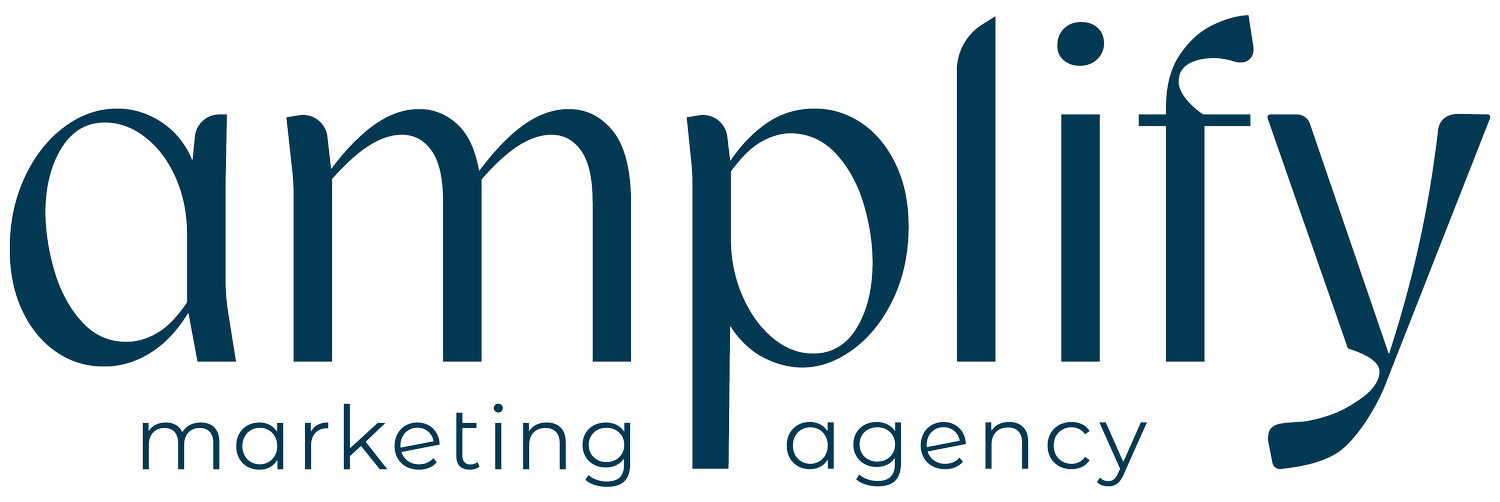AI vs Graphic Designer - Which is best for you?
AI is fast becoming the go-to solution in many workplaces and transforming how we approach tasks and even decision-making. From streamlining workflows to generating creative content, AI offers accessibility and efficiency that appeals to businesses of all sizes. Its ability to quickly analyse and produce results has made it an invaluable resource.
As more people discover the benefits of AI tools like Chat GPT, Grammarly, Jasper, DALL-E and more, they are finding innovative ways to enhance productivity – but, at what cost?
Now, AI can be a fantastic resource and it’s helpful in simplifying tasks. Though, it’s important to weigh the pros and cons before deciding if it’s a good fit for you and your business.
You might be thinking, “How does this tie into graphic design?” – don’t worry, we’re about to dive into that!
After looking into various AI generators, depending on your needs these tools can offer decent results, but their effectiveness differs on what you’re looking for in a design.
What can AI offer?
Affordability
Quick turnaround
User-friendly
Access to animations
Instant feedback
Accessible 24/7
What can designers offer?
Accuracy
High quality
Personalisation
Flexibility
Consistency
Industry experience
Efficiency
Professionalism
Brand development
Limitations from AI-generated design
Lack of originality
AI-generated designs often rely on templates and algorithms, which can result in generic content or ‘seen-before work’. Designers utilise their skill and add personality into their creations, often generating something unique.Design quality
While some designs can look appealing, they may lack refinement and polish that comes from a professional designer.Limited customisation
Although many platforms offer customisation, they can still be restrictive compared to the extensive possibilities a designer can provide. We have found that this restriction even applies when you’re extremely specific and provide detailed prompts.Strategic insight
AI lacks the strategic thinking that a professional designer has. Designers will consider brand elements, target audiences, and market positioning, ensuring their design effectively communities a brand’s values.Variable file formats
AI Platforms may not provide designs in all the necessary file formats you need. For instance, many professionals prefer working with EPS files for quality and flexibility, but these may not be available from AI generators, leading to potential complications down the line.No brand development support
Generally, AI-generated designs come without brand guidelines. Professional designers can help develop a comprehensive brand identity, ensuring consistency across all branding materials.Inflexibility in Revision
While some platforms allow for changes, there are restrictions. Making significant revisions can be clumsy, whereas a designers iterative process often involves collaborative feedback and refinements.Quality control issues
The quality control can vary significantly between AI platforms, and it can change depending on subscription levels too. However, you may find that the quality of designs is inconsistent, leading to frustration when results are not meeting expectations.Technical limitations
AI tools may struggle with complex design requests or niche industries where specialised knowledge is essential. This can lead to concepts not effectively conveying the intended message or identity of a brand.
So, what are our final thoughts?
AI can be a great way to draft concepts, or can be a source of inspiration, but overall, designers will always be needed for their creativity and individuality. It’s these characteristics that will help businesses and brands stand out from their competitors, and if it’s an option you can afford, it’s worth having a professional to make some magic and bring those ideas to life.

